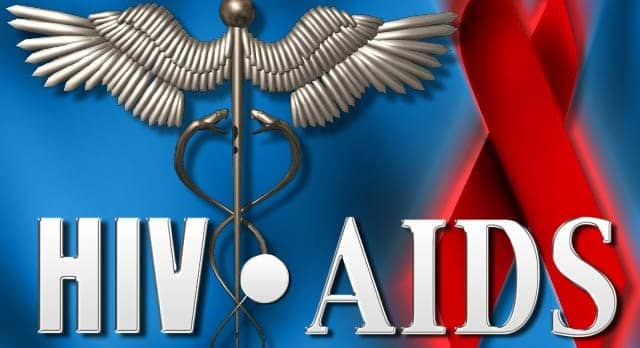

A German man has become the third person ever to be effectively “cured” of HIV thanks to a stem cell transplant 10 years ago.
His breakthrough case was first announced in 2019, but it wasn’t until Monday that researchers confirmed he was indeed HIV-free.
“We don’t think there’s a functional virus present,” Dr. Björn Jensen, the study author and division head of infectious diseases at Düsseldorf University Hospital in Germany, told New Scientist.
While the unidentified human immunodeficiency virus patient — known only as the “Düsseldorf patient” — is the third to be cured through a stem cell transplant, he’s now the fifth person ever cured of the virus.

According to the case report published in Nature Medicine on Monday, the 53-year-old had undergone a stem cell transplant in 2013 to cure leukemia he had been diagnosed with two years prior. However, as luck would have it, the cells came from a donor with a mutation that disables the CCR5 receptor that HIV uses to infect immune cells. This effectively made him immune to the disease like an inadvertent AIDS vaccine.


Fast forward to today, and the patient had no detectable traces of the disease left in his system despite stopping his anti-HIV medication in November 2018. Jensen said that this miraculous occurrence demonstrated that the autoimmune disease had been eradicated and was not just in “long-term remission.”
The patient says he’s eternally grateful to the doctors who rid him of the debilitating condition. “I am all the more proud of my worldwide team of doctors who succeeded in curing me of HIV — and at the same time, of course, leukemia,” said the patient. He added that he recently celebrated the 10th anniversary of his life-saving bone marrow transplant with his donor present.
The Düsseldorf patient joins a small group of people who have been cured via cancer-related stem cell transplants. The others were American Timothy Ray Brown, who was the first in 2009, and Adam Castillejo, a British-Venezuelan man, over a decade later.
“I think we can get a lot of insights from this patient and from these similar cases of HIV cure,” said Jensen. “We can now confirm that it is fundamentally possible to prevent the replication of HIV on a sustainable basis by combining two key methods.”

He added, “On the one hand, we have the extensive depletion of the virus reservoir in long-lived immune cells, and on the other hand, the transfer of HIV resistance from the donor immune system to the recipient, ensuring that the virus has no chance to spread again.”
Unfortunately, due to the risky nature of the stem cell procedure, it likely won’t be available to all of the 38.4 million people living with HIV worldwide. Jensen said further research is needed to replicate the cure outside the specific circumstances outlined in the aforementioned cases.
Advertise with the mоѕt vіѕіtеd nеwѕ ѕіtе іn Antigua!
We offer fully customizable and flexible digital marketing packages.
Contact us at [email protected]














